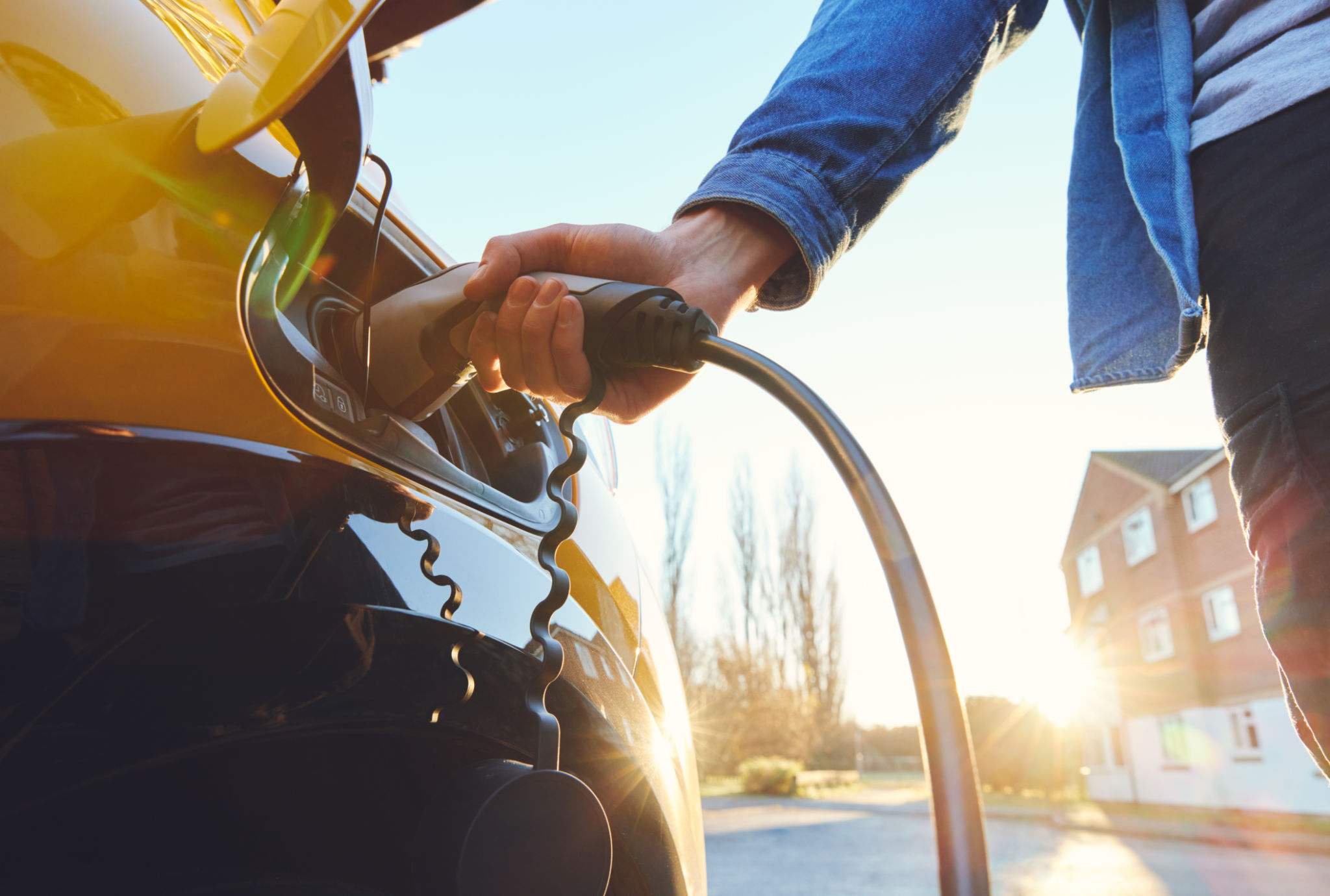Debunking Common Myths About Electric Vehicle Chargers
Understanding the Reality of Electric Vehicle Chargers
Electric vehicles (EVs) are becoming increasingly popular, but many potential buyers hesitate due to misconceptions about EV chargers. As with any new technology, myths and misunderstandings can cloud the decision-making process. Here, we aim to debunk some of the most common myths surrounding EV chargers and provide clarity for those considering making the switch to electric.

Myth 1: EV Chargers Are Hard to Find
A prevalent myth is that EV chargers are scarce and difficult to locate. In reality, the network of EV charging stations has expanded significantly over the past few years. Most urban areas now have a variety of charging options, ranging from fast chargers to regular outlets. Additionally, numerous apps and online platforms make it easy to find nearby charging stations, making range anxiety less of a concern.
Moreover, many workplaces and shopping centers are now equipped with EV chargers, further increasing their accessibility. The growing trend of home charger installations also ensures that EV owners can charge their vehicles conveniently at home overnight.

Myth 2: Charging Takes Too Long
Another common misconception is that charging an electric vehicle takes an impractically long time. While it's true that traditional home outlets can take several hours to fully charge an EV, advancements in charger technology have drastically reduced this time. Fast chargers, commonly found at public charging stations, can charge an EV to 80% in as little as 30 minutes.
For most daily needs, a typical overnight charge at home is more than sufficient. Many EV owners find that plugging in their car each evening becomes as routine as charging a smartphone, ensuring their vehicle is ready for the next day.
Myth 3: EV Chargers Are Expensive
Many people believe that installing an EV charger at home is prohibitively expensive. While there is an upfront cost associated with purchasing and installing a home charger, federal and local incentives often help offset these expenses. Additionally, the cost of electricity for charging is generally much lower than gasoline, leading to long-term savings.

Furthermore, as the market for EVs continues to grow, the cost of chargers is expected to decrease. The initial investment in a home charger can be a wise decision for those who want the convenience of charging their vehicle overnight without the hassle of finding a public station.
Myth 4: All Chargers Are the Same
There is a misconception that all EV chargers are identical, but this is not the case. Chargers come in various types and levels, from Level 1 home chargers that use standard household outlets to Level 3 DC fast chargers designed for rapid charging at public stations. Understanding the differences between these options can help consumers choose the best solution for their needs.
Each type of charger has its own set of advantages and is suitable for different scenarios. For instance, while Level 1 chargers are perfect for overnight home use, Level 2 chargers offer faster charging speeds suitable for both home and public use.

Myth 5: EV Chargers Are Unreliable
Some people worry about the reliability of EV chargers, fearing frequent malfunctions or downtime. However, modern EV chargers are built with robust technology designed to deliver consistent performance. Regular maintenance and software updates further ensure that they remain in optimal working condition.
Moreover, many manufacturers offer warranties and customer support to address any issues promptly. As more people adopt EVs, the infrastructure supporting chargers continues to improve, enhancing both reliability and user experience.
By debunking these myths, we hope to provide a clearer picture of what owning an electric vehicle entails. As technology advances and infrastructure expands, the convenience and benefits of EVs are becoming increasingly accessible for everyone.